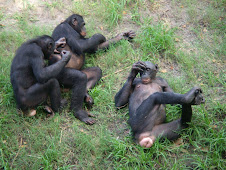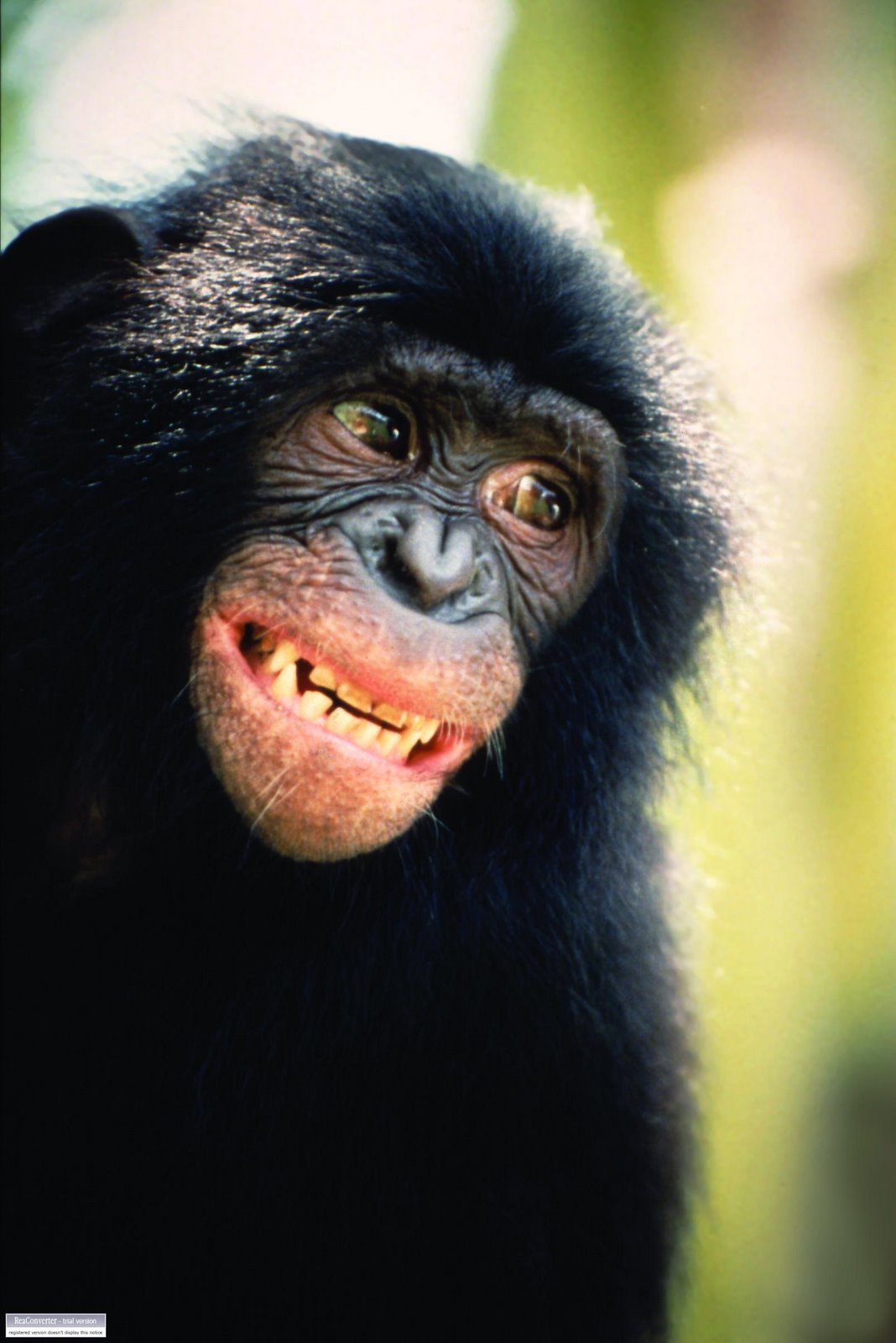
 This old guide book from the Stellingen zoo near Hamburg, Germany was the site of a zoo founded by Carl Hagenbeck, whose "barless" exhibit design influenced modern zoos. The 24 page guide is in English, with dates mentioned in the text that date the publication in the mid 1920's.
This old guide book from the Stellingen zoo near Hamburg, Germany was the site of a zoo founded by Carl Hagenbeck, whose "barless" exhibit design influenced modern zoos. The 24 page guide is in English, with dates mentioned in the text that date the publication in the mid 1920's.The book describes the animal exhibit barriers, "All lattice work and railings, or fences of any other kind, have been omitted when designing and building up this animal park and have been replaced by ingenious, invisible barriers. And these free and open grounds form the unique characteristic of the Stellingen Tierpark and may claim to be Carl Hagenbeck's very own, original idea and to represent his life-work."
The genius of Hagenbeck used hidden moats that permitted the juxtaposition of predator and prey animals. An African panorama had four separated layers. Hundreds of waterbirds were on a pond in the foreground with wildebeests, zebra, elands, bush buck, water buck, and savanna birds in the background. Lions roamed in a gorge further back, while a massive uprising of rocks 100 to 130 feet high displayed ibex, wild goats and sheep.
The history of the Hagenbeck family began in 1848 when the grandfather Gottfried Claus Carl Hagenbeck purchased some seals and exhibited them in Berlin, thus starting the first trade in wild animals in Germany. He maintained a small property to hold the animals that were in transit.
Some twenty years later, the father Carl turned the business over to his son, Carl, who extended his reach internationally and relocated the business to another location in Hamburg. As the trade grew, a new site of 35 acres was established, the famous Stellingen at the turn of the century. Carl Hagenbeck turned the animal trade over to his sons, Heinrich and Lorenz and he passed away in 1913. The zoo was expanded in 1911, but World War I led to the closure of the zoo, which only reopened in 1924.
Expeditions were mounted to the far corners of the world (Mongolia, the South Pole, Liberia) to bring back both animals as well as the peoples from indigenous cultures. Unusual domestic animals, and well as trained animals and circus shows were also seen at Stellingen. The firm delivered 2,000 dromedary camels to south-west Africa for the Herero rebellion.
Hagenbeck's Tierpark at Stellingen was unique for visitors, due to it serving as a way-station for animals. From the guide book, "In accordance with its character as a trading concern these zoological gardens serve as temporary accommodation for animals, which, after resting from their voyage and being meanwhile well cared for, are then forwarded to their purchasers. For the visitor to the gardens this constant change is of special interest, and it may be said that in the Spring scarcely a week passes without a large transport of rare and interesting animals arriving to be cared for, quite apart from the smaller arrivals that occur daily."












1 comment:
I always look forward to each entry you post on your blog. I find your information reasonable and sound. Your fund of experience in animal and natural science is awesome. My thanks for your dedication to teaching through interesting articles.
Post a Comment